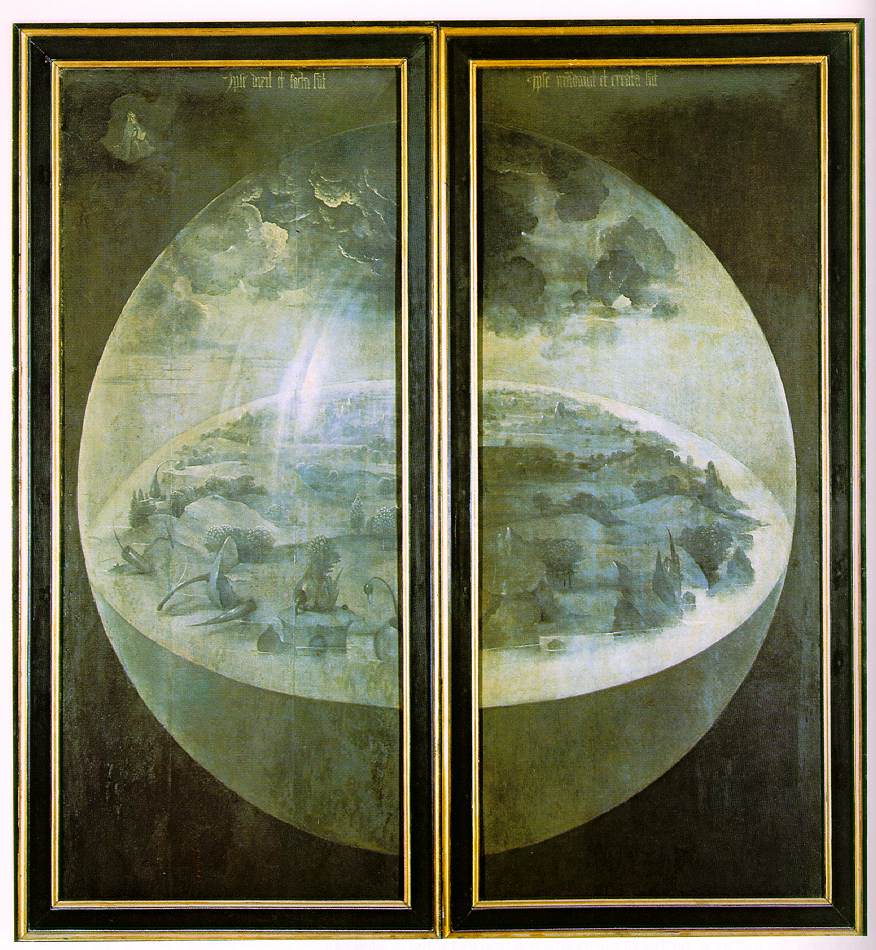 |
| Giotto, Expulsions of the Money Changers from the Temple, 1304-06 |
Here Giotto captures the full wrath of Jesus as he overturns the tables of the merchants whom set up shop within the temple. Cord in hand, Jesus readies to strike as the young merchant who cowers and raises his arms in surrender. The entrapped animals are freed and the goats and oxen wreak havoc and storm off to either side of the painting.
The painting is divided in half, the holy men on one side and the merchant trash on the other. Beautiful round romanesque arches adorn the the wall of the white temple. Up above we see a light circle on the holy side and a dark one on the other other. The clothing is bright and colorful with distinct ruffles, in contrast to the reds and yellows the merchant wears with his smoky grey with dark hair and beard. There is an element of depth to the painting as you see the arches stand out from the bright Giotto blue sky.


























